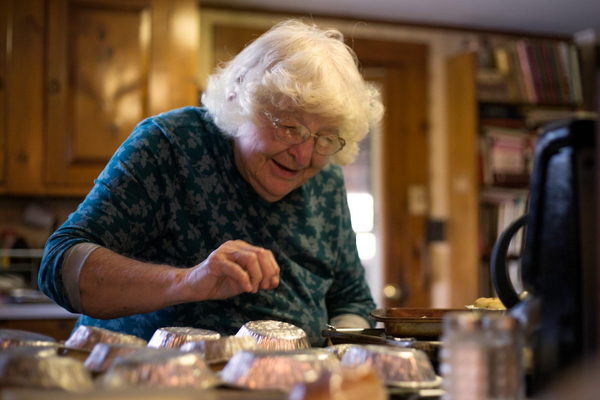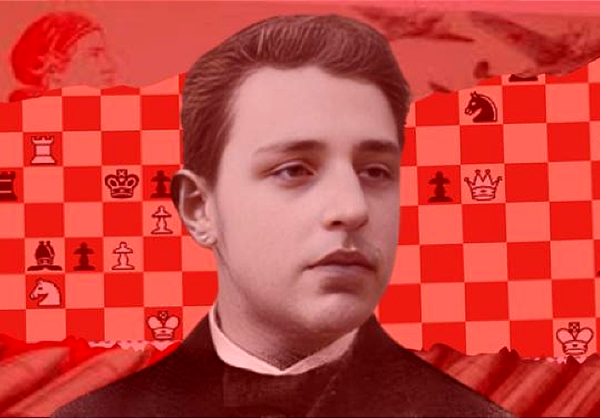A catatonic who woke after 20 years could change psychiatry

Richard Sima writes for the Washington Post: "The young woman was catatonic—unmoving, unblinking and unknowing where or who she was. Her name was April Burrell. Before she became a patient, April had been an outgoing, straight-A student majoring in accounting at the University of Maryland. But after a traumatic event when she was 21, April suddenly developed psychosis and became lost in a constant state of visual and auditory hallucinations. The former high school valedictorian could no longer communicate, bathe or take care of herself, and was diagnosed with a severe form of schizophrenia. Then recently, doctors discovered that she also had lupus, an underlying and treatable autoimmune condition that was attacking her brain. After months of targeted treatments — and more than two decades trapped in her mind — April woke up."
Was mass hysteria behind the mysterious case of 227 middle school students fainting?

From Lillian Perlmutter for Insider: "On September 23, 2022, 12-year-old Esmeralda walked out of the girls' bathroom at her middle school in Tapachula, Mexico, and fainted. Her best friend Diala came out behind her and also fainted. Over the next hour, nine other girls and one boy at the Federal 1 public secondary school would spontaneously collapse in their classrooms, in the bathroom, and in the school's courtyard. Another 22 students would report other unusual symptoms like vomiting and headaches. Esmeralda's mom, Gladys, got a text message from her niece, Esmeralda's cousin, telling her to come to the school immediately. She found Esmeralda lying on the pavement in the school's central courtyard, unable to speak or stand. Diala was slumped beside her."
The Montgolfier brothers and the invention of the hot air balloon

From J.H. Plumb for the New York Review of Books: "The first experiment by Joseph took place in November 1782. According to a family legend the direct stimulus to his thoughts was the siege of Gibraltar which was then taking place. Joseph wondered how supplies could be got there by air. At the time, having failed in business in Lyons, he had enrolled himself in the faculty of law at Avignon University and was living there. No doubt near-bankruptcy also concentrated his thoughts. He constructed a small balloon, burned straw at its neck, and watched it rise to the ceiling of his room. He rushed back to Annonay and fired his brother Étienne’s imagination. The brothers set about making a larger balloon that would rise before the astonished eyes of the deputies of the Estates of Vivarais."
Most of the plans to extend human life are doomed to fail, says this scientist

From Matt Fuchs at Nautilus magazine: "At the Longevity Investors Conference last October in Switzerland, speakers described breakthrough therapies being developed to manipulate genes for longer lifespans. Swag bags bestowed pill bottles promising super longevity, stirring hopes for centuries of youth. Then Charles Brenner took the stage. The biochemist from City of Hope National Medical Center, in Los Angeles, addressed these ideas and treatments one by one, picking them apart, explaining that they’re based on faulty research. We can’t stop aging, he told the crowd. We can’t use longevity genes to stay young because getting older is a fundamental property of life. Scanning their faces, he saw puzzled expressions. Mission accomplished."
The women who preached in their sleep

From Amelia Soth at JSTOR Daily: "Devotional somnium: this was the proposed medical diagnosis of one Rachel Baker, nineteen years old in 1813, who was seized with the affliction—or blessing, depending on one’s perspective—of preaching in her sleep. “The fit invades her at nine o’clock in the evening or about ordinary bed time,” wrote Charles Mais, a stenographer charged with recording her somniloquies. Agitated, breathing heavily, she slips out of consciousness. Then she begins to speak. As Mais observed, “Her sentimentals are biblical and conformable to the orthodox protestantism of her sect. Her opinions delivered during the paroxysm… are as sensible and intelligent as you generally hear.”
An interview with a professional safecracker

From Suzanne Yeagley at McSweeney's: "Clients often ask, jokingly, whether we learn our trade in prison. Technically, the biggest difference between what a burglar does and what I do is that the burglar wants to get in and out quickly and doesn’t care if the safe ever gets used again. I take my time because my objective is opening it with minimal damage so the owner can use it again. A criminal safecracker also needs different knowledge and skills, beyond the technical, that I don’t have or need. I don’t need to know how to avoid leaving evidence, circumvent an alarm system, plan a get-away, or fence-stolen goods. Safecracking is about solving problems and overcoming challenges."
There are black dots in this image but your brain won't let you see them all at once
via Massimo on Twitter




